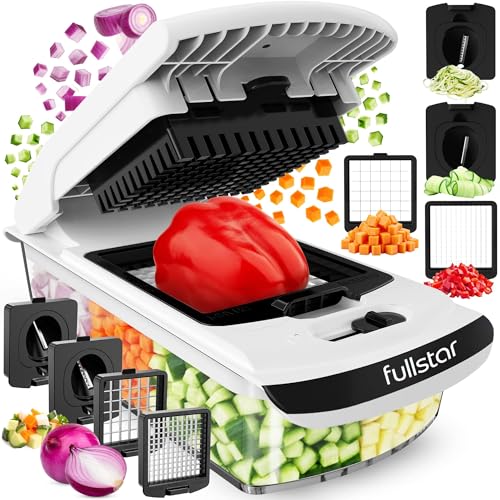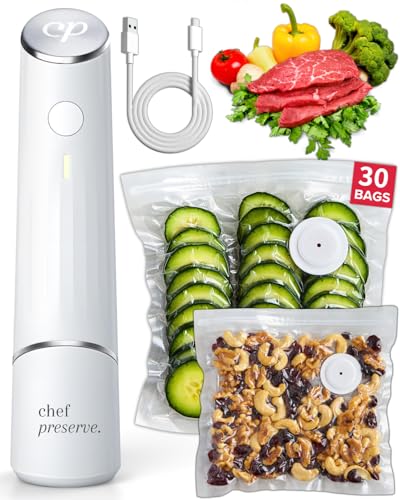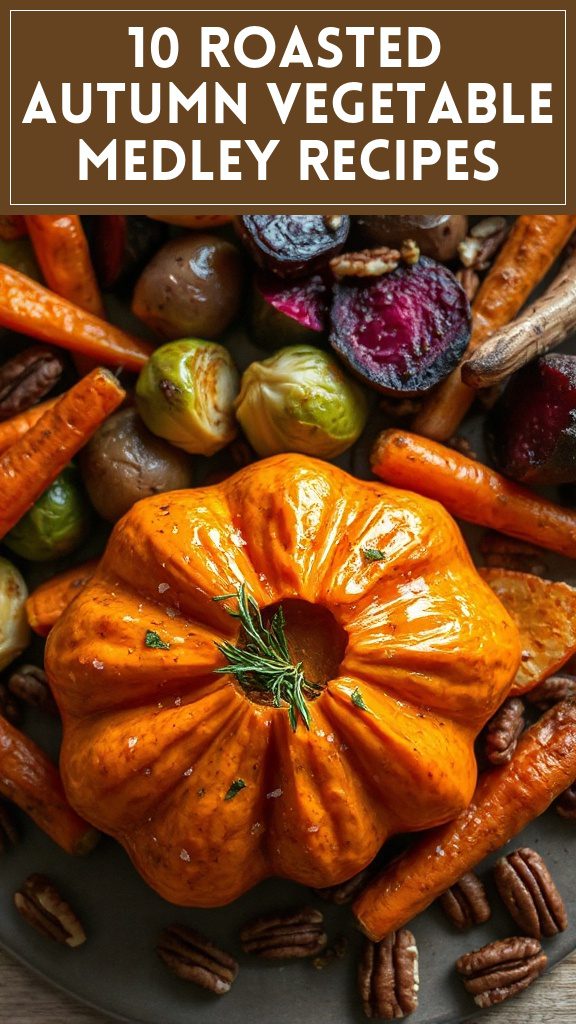Beignets’ French Origins
Beignets, those iconic pillows of fried dough, trace their roots to the culinary traditions of France, where they emerged as a staple of pastry craftsmanship.
Originating in the 16th century, Origin Myths suggest ties to ancient Roman fritters.
Their Cultural Impact grew as French bakers refined recipes, embedding beignets in regional celebrations, symbolizing indulgence and meticulous technique in patisserie artistry.
- The Original Pro Chopper - Our superstar veggie slicer has been creating waves on TikTok! Simple to use,...
- Easy Meal Prep with Rust-Resistant Blades - Our vegetable chopper is perfect for anyone who wants to eat...
- 5-Star Design - The soft-grip TPU handle ensures controlled chopping, while the non-skid rubber base...
Dessert Lovers
For those with a passion for sweets, beignets represent a pinnacle of dessert craftsmanship, blending simplicity with indulgent texture.
Their delicate, pillowy structure and dusting of powdered sugar satisfy intense Sweet Cravings with precision.
At Dessert Festivals worldwide, beignets often headline as a coveted treat, drawing enthusiasts who marvel at their perfected balance of crisp exterior and soft, airy interior, a true confectionery masterpiece.
- Makes Everything Simple : Just forget your bagged cheese! Only turn the handle for several times and get...
- Premium Material : All parts of the rotary cheese grater are made of food grade ABS material, no BPA. The...
- Three Option Grater : The parmesan cheese grater finishes food preparation with slicing, shredding and...
Essential Ingredients

Crafting authentic beignets hinges on a select set of meticulously chosen components that define their signature texture and flavor.
Key ingredients include high-quality flour for structure, yeast for airy lightness, and evaporated milk for richness.
Exotic Sourcing of premium vanilla or imported sugar elevates taste, while Budget Alternatives like domestic extracts maintain quality, ensuring accessibility without compromising the delicate balance of this classic pastry.
- 💰 REDUCE WASTE AND SAVE MONEY: Chef Preserve keeps FOOD FRESH 5 TIMES LONGER than non-vacuum storage...
- ✅ POWERFUL, QUICK & EASY TO USE: Simply press the button to start. The device vacuum seals a bag in 5...
- ♻️ REUSABLE & RESEALABLE BAGS: Chef Preserve comes with dishwasher, freezer, refrigerator, and...
Cooking Steps
Preparing beignets requires a methodical approach to achieve their iconic pillowy texture and golden hue. After initial preparation, dough proofing is critical, allowing yeast to ferment and create airy pockets, ideally at 75-80°F for 1-2 hours. Flavor infusion occurs during frying, as hot oil enhances subtle vanilla or citrus notes, ensuring each bite delivers a balanced, delectable taste when dusted with sugar.
- Generous Capacity: 7-quart slow cooker that comfortably serves 9+ people or fits a 7-pound roast
- Cooking Flexibility: High or low slow cooking settings, with convenient warm function for ideal serving...
- Convenient: Set it and forget it feature enables you to cook while at work or performing daily tasks
1. Mixing the Dough

Blending the components for beignet dough demands precision to ensure a tender, airy result.
Mindful mixing is critical, as overworking can toughen the texture; one must combine flour, yeast, sugar, and liquids with exact measurements.
The sensory experience of observing the mixture transform into a cohesive, slightly sticky mass guides the process, ensuring consistency before moving to the next preparation stage.
- 100% Leak-proof: Guaranteed no-spill seal and secure latches
- Crystal-clear Tritan Built: Stain-resistant and odor-resistant material for a clear view of contents
- Lightweight & Sturdy: Easy to carry, yet durable for everyday use
2. Kneading the Dough

After forming the initial dough mixture, the process shifts to kneading, a crucial step in developing the beignet’s characteristic texture.
Kneading Techniques involve rhythmic folding and pressing to activate gluten, ensuring elasticity.
Dough Sculpting requires consistent pressure and rotation on a floured surface to achieve a smooth, uniform consistency, essential for the airy structure that defines a perfect beignet during preparation.
- 𝗘𝗳𝗳𝗼𝗿𝘁𝗹𝗲𝘀𝘀 𝗪𝗲𝗶𝗴𝗵𝗶𝗻𝗴: Supports 5 units...
- 𝗣𝗿𝗲𝗰𝗶𝘀𝗲 𝗥𝗲𝘀𝘂𝗹𝘁𝘀: Accurately weighs up to 11 lb/5 kg with 1 g...
- 𝗦𝗶𝗺𝗽𝗹𝗲 & 𝗖𝗼𝗺𝗽𝗮𝗰𝘁: The small and sleek scale is a perfect fit for...
3. Cutting the Dough

Once the dough reaches a smooth, elastic state through kneading, the next step involves shaping it into precise portions.
For Tool Selection, a sharp bench scraper or knife ensures clean cuts, preventing dough tears.
Technique Tips include rolling the dough to an even ¼-inch thickness and cutting into uniform squares to guarantee consistent results during the subsequent stages of preparation.
- Instant Read Food Thermometer | Our instant read thermometer features a temperature probe and advanced,...
- Multi-Use | From bbq thermometer to baking thermometer, our digital food thermometer for cooking is...
- Easy-Read Digital Thermometer For Cooking | Large instant thermometer dial with bright blue backlight...
4. Frying the Beignets

Preparing to fry the beignets marks a critical stage in achieving their signature light and airy texture.
The oil must be heated to precisely 370°F to ensure even cooking.
Frying hazards include potential splatters and burns, requiring caution.
Oil alternatives like vegetable shortening or peanut oil can be used, each affecting flavor and crispness differently while maintaining the necessary high-temperature stability for frying.
- Versatile 54-Piece Collection: Elevate your kitchen with the Home Hero 54-Piece Kitchen Utensil Set, a...
- Durable and Long-Lasting: Crafted from premium stainless steel, these kitchen utensils are designed to...
- Perfect Holiday Gift: Delight your loved ones with this kitchen utensils gift set this festive season....
5. Dusting With Sugar

The final touch to perfecting beignets involves dusting them with a generous layer of powdered sugar immediately after frying.
This step, a critical Garnish Technique, ensures an even, delicate coating using a fine-mesh sieve for precision.
For Sugar Alternatives, confectioners’ sugar blends or cinnamon-sugar mixes can be applied with similar dusting methods, achieving a consistent finish that enhances the beignets’ visual appeal and sweetness.
- 24-ounce insulated stainless-steel water bottle with a FreeSip spout and push-button lid with lock
- Patented FreeSip spout designed for either sipping upright through the built-in straw or tilting back to...
- Protective push-to-open lid keeps spout clean; convenient carry loop doubles as a lock
6. Cooling the Beignets

Allow the freshly fried beignets to rest on a wire rack or a layer of paper towels to facilitate proper cooling and prevent sogginess.
Utilizing Cooling Racks ensures optimal air circulation, promoting efficient Heat Dissipation.
This technical approach prevents moisture buildup, maintaining the beignets’ crisp exterior.
Proper cooling is critical to preserve texture, ensuring they remain light and airy after frying.
7. Plating the Beignets

Arranging beignets for presentation requires careful attention to both aesthetics and texture preservation.
A strategic PlateDesign involves placing the beignets in a neat stack or circular pattern on a pristine white dish to highlight their golden hue.
For GarnishIdeas, a light dusting of powdered sugar and a sprig of mint add visual contrast, ensuring the delicate crispness remains intact during display.
Serving and Pairing Suggestions

Observers will note that once the visual appeal of beignets is perfected through meticulous plating, attention must shift to optimizing their enjoyment through thoughtful serving methods and complementary pairings.
Strategic Beverage Matches elevate the experience with precise flavor harmony.
Consider these curated options:
- Coffee Pairings: A robust chicory brew enhances richness.
- Hot Chocolate: Offers sweet decadence.
- Milk: Balances subtle sweetness.
Tips and Variations

Several critical techniques can enhance the preparation and presentation of beignets, ensuring optimal texture and flavor profiles.
For tailored results, consider these precise adjustments:
- Vegan Tips: Substitute eggs with flaxseed gel for binding.
- Gluten Free Variations: Use rice flour blends to maintain dough elasticity.
- Temperature Control: Fry at exactly 375°F to prevent sogginess or overcooking.
Kitchen Tools
Crafting perfect beignets requires the use of specific kitchen tools to ensure precision and consistency in preparation. Modern Gadget Trends highlight digital thermometers for accurate oil temperatures, while Tool Maintenance ensures longevity of sifters and rolling pins through regular cleaning. Below is a detailed breakdown of key tools and their specifications for optimal beignet crafting.
| Tool | Purpose | Maintenance Tip |
|---|---|---|
| Digital Thermometer | Monitor oil temperature | Wipe probe after use |
| Fine Mesh Sifter | Evenly dust powdered sugar | Clean with dry brush |
| Rolling Pin | Roll dough uniformly | Store in dry place |
| Pastry Cutter | Cut precise squares | Hand wash to prevent rust |
Essential Equipment
Precision in beignet preparation hinges on the use of essential equipment designed to streamline the cooking process.
Equipment Upgrades, like high-precision thermometers for oil temperature control, ensure consistent frying.
Storage Solutions, such as airtight containers, preserve ingredient freshness.
Key tools include:
- Deep Fryer – Regulates heat for uniform cooking.
- Dough Cutter – Ensures precise shaping.
- Cooling Rack – Prevents sogginess post-frying.
Nutritional Information (Estimated, per serving)
Having the right tools can significantly impact the quality of beignets, but understanding their nutritional profile is equally important for informed consumption. Debunking Calorie Myths, a typical serving contains substantial energy, while Allergen Concerns include wheat and dairy. Below is an estimated breakdown per serving:
| Nutrient | Amount | % Daily Value |
|---|---|---|
| Calories | 250 kcal | 13% |
| Fat | 12 g | 18% |
| Carbohydrates | 30 g | 10% |
Try French Crepes

Why not explore the delicate art of crafting French crepes as a delightful alternative to beignets?
These thin, precise pancakes showcase intricate Flavor Combinations and distinct Regional Variations.
Consider these technical aspects:
- Batter Consistency: A fluid, lump-free mix ensures uniform thinness.
- Cooking Precision: Even heat distribution prevents uneven browning.
- Filling Techniques: Balanced fillings enhance structural integrity and taste.
Troubleshooting
For those who have explored the finesse of French crepes, addressing challenges in preparing beignets can refine the overall baking process.
Common issues include uneven frying due to Plumbing Issues in kitchen sinks affecting water temperature, or Electrical Problems with deep fryers causing inconsistent heat.
Precise calibration of equipment and monitoring of environmental factors are critical to achieving perfect, golden beignets every time.
Conclusion
Although the art of crafting beignets can present various challenges, mastering this delicate pastry offers a rewarding culmination of culinary skill and precision.
In Final Thoughts, the intricate balance of dough consistency and frying temperature proves essential.
As an Argument Closure, perfecting beignets demands meticulous attention to detail, ensuring each bite reflects technical mastery and the timeless allure of this iconic treat.
















